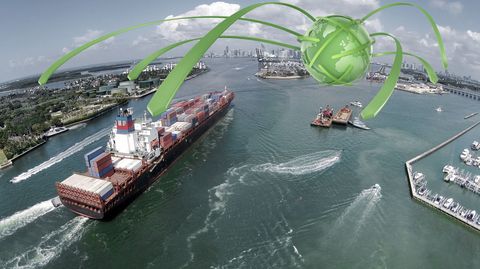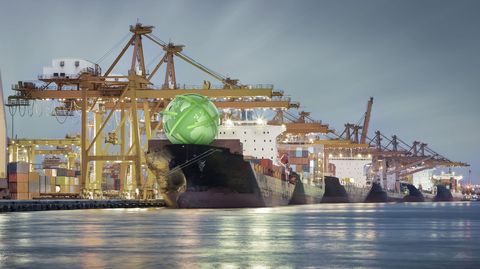A final settlement on the Regional Comprehensive Economic Partnership (RCEP) will not be reached until 2016, Asian business leaders have confirmed.
The ten members of the Association of Southeast Asian Nations (ASEAN) and the six other countries that fall under the scope of the RCEP are no longer expecting to conclude their negotiations over the international trade pact by the end of 2015, as originally planned.
To date, there have been ten meetings and four ministerial-level discussions among the 16 participating countries, but no final agreement is forthcoming as yet, with talks having hit a stumbling block at the last round of discussions in Busan, South Korea in October.
Malaysian prime minister Najib Abdul Razak said: "Considering the challenges faced and the value of constructive engagements, more time is needed to conclude the negotiations. Hence we, the leaders of RCEP participating countries, agree to allow negotiations to continue and request our negotiators to intensify their efforts to conclude and achieve a mutually beneficial and high-quality agreement in 2016."
The purpose of the RCEP is to strengthen international trade ties between members of ASEAN and six of their most important commercial partners - China, Japan, South Korea, Australia, New Zealand and India.
It is being positioned as an Asian counterpart to the US-led Trans-Pacific Partnership, the 12 members of which reached a final agreement in October. Key RCEP policies pertaining to goods, services and investments have been agreed in principle, but a number of technical matters still need to be resolved.
Last year, the total trade of RCEP economies reached $10.8 trillion (£7.19 billion), while total foreign investment inflow came to $366.3 billion, underlining the potential economic impact of a new trade deal between these nations.
The Asia-Pacific Economic Cooperation forum has highlighted the conclusion of the RCEP talks as a key milestone in establishing more open trading conditions in the region.






